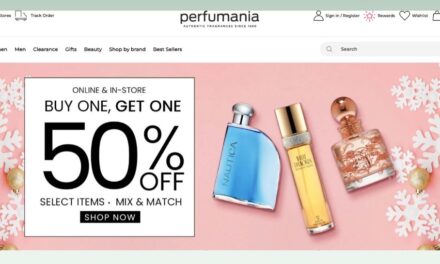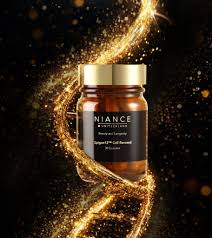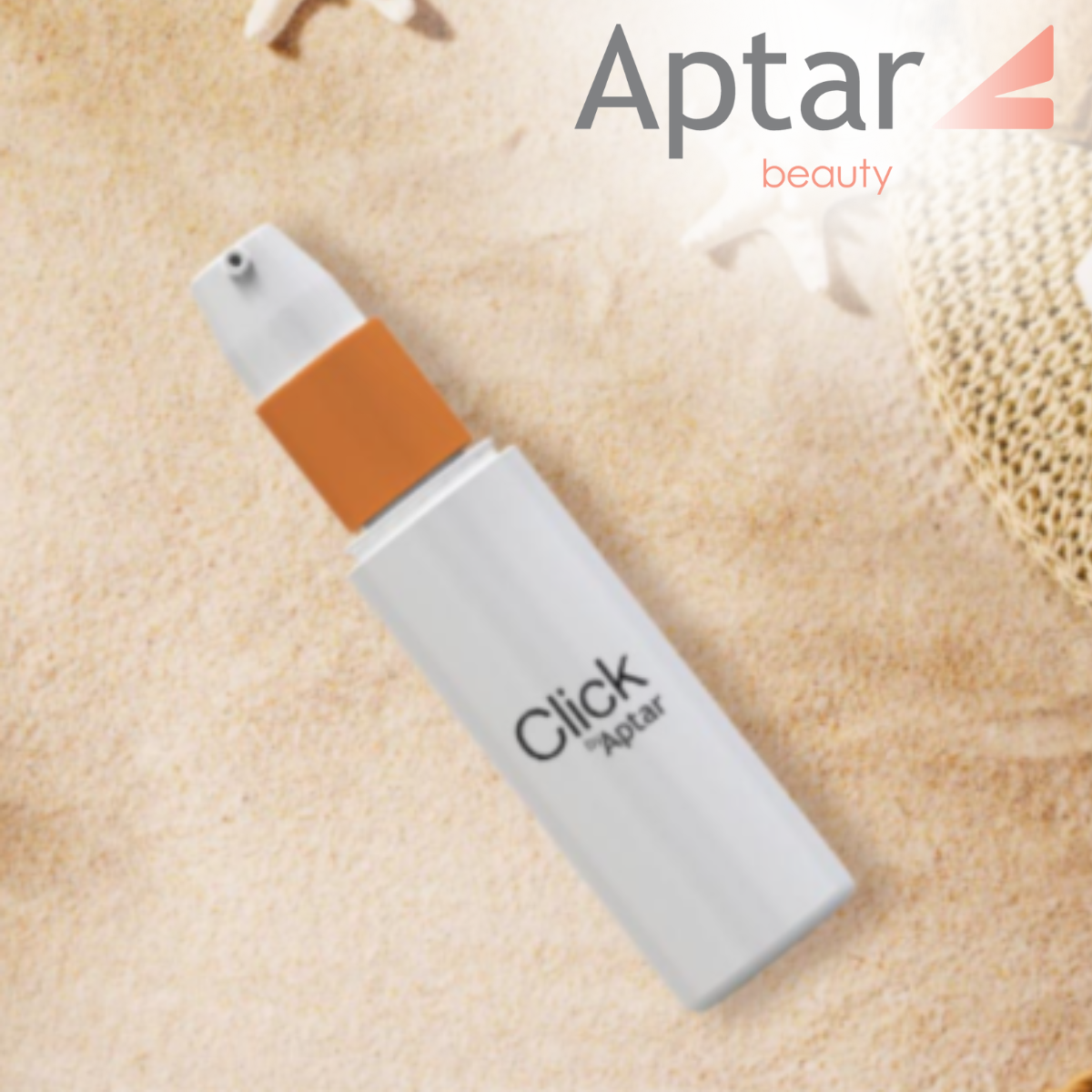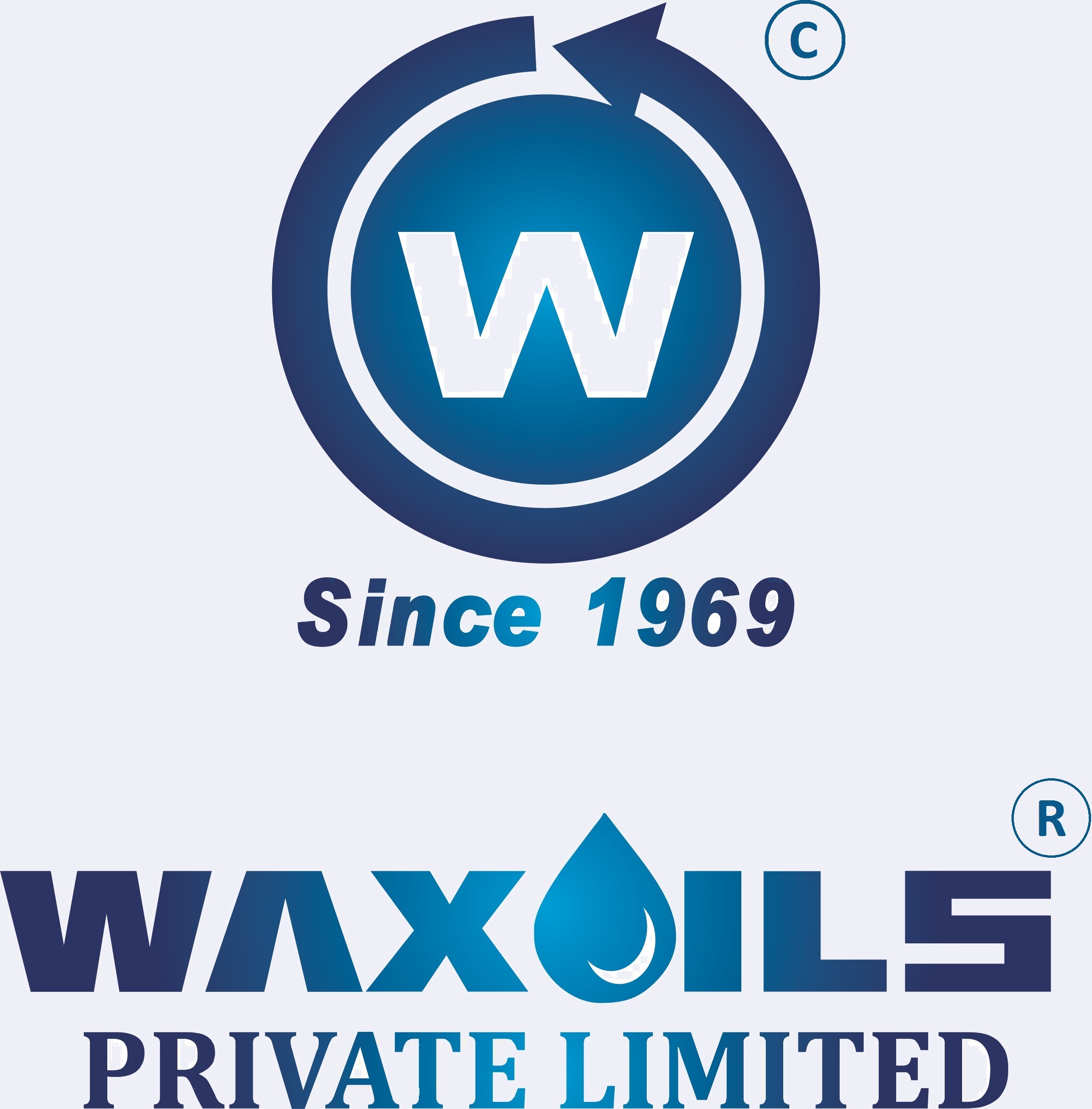Formulating Effective Powder Deodorants

The global deodorant market, valued at approximately USD 29.78 billion in 2024, is projected to reach USD 42.45 billion by 2033, growing steadily at a CAGR of 3.7%. Other estimates suggest even stronger growth—from USD 25.16 billion in 2023 to USD 37.44 billion by 2030 (CAGR ~5.6%). The Asia-Pacific region, including India, is expected to outpace global averages with a forecasted CAGR of 6.1% through 2027.
India’s deodorant segment is rising rapidly—from a market value around USD 1 billion in 2024, expected to climb to USD 1.31 billion by 2033 (CAGR ~3.4%) . Other forecasts paint a more bullish outlook, pointing to a 12–15% CAGR fuelled by a booming middle class, rising disposable incomes, and a surge in hygiene awareness.Historical CAGR for the category between 2018 and 2023 hovered near 17%, underscoring dynamic growth.
Market Drivers
Increasing preference for natural, clean-label products, novel formats (sticks, creams, powder, wipes), and eco-conscious packaging are propelling market growth across both global and Indian landscapes.
Powder deodorants are regaining traction in the personal care market, driven by the clean beauty movement, consumer concerns around aluminum-based antiperspirants, and sustainability-focused packaging trends. Unlike antiperspirants, which block eccrine sweat glands, powder deodorants manage odour and wetness through absorbent powders and natural antimicrobial agents.
Mechanism of Action
- Moisture Absorption
Starch-based absorbents (cornstarch, arrowroot, tapioca, rice powder) absorb sweat at the skin surface. Clays (kaolin, bentonite) enhance absorption and contribute to detoxifying claims.
These powders reduce surface wetness, which in turn minimizes bacterial proliferation.
- Odour Control
Bacterial Inhibition: Odour develops when sweat interacts with skin flora, particularly Corynebacterium and Staphylococcus epidermidis.
Neutralizers: Baking soda and magnesium hydroxide alter pH to make the skin environment less hospitable to bacteria.
Antimicrobials: Zinc oxide, neem, rosemary, sage, turmeric, and clove demonstrate direct antibacterial action.
- Non-occlusive Nature
Powder deodorants allow natural perspiration, appealing to consumers who want “sweat-positive” personal care. This differentiates them from antiperspirants containing aluminum salts, which occlude sweat glands.
Key Functional Ingredients
Absorbents
Cornstarch / Arrowroot / Tapioca / Rice Powder: Lightweight absorbents with good skin feel.
Kaolin Clay / Bentonite: Effective at moisture and toxin absorption but may impact texture.
Odour Neutralizers
Baking Soda (Sodium Bicarbonate): Highly effective but a potential irritant at >5% w/w.
Magnesium Hydroxide: A gentler alternative to baking soda with effective pH control.
Zinc Ricinoleate: Odour-trapping agent, effective in reducing VOCs associated with odour.
Antimicrobials
Zinc Oxide: Broad-spectrum, non-irritant antimicrobial; doubles as a soothing agent.
Neem Powder (Azadirachta indica): Strong antibacterial and antifungal activity.
Herbal Extracts:
- Rosemary (rosmarinic acid) → disrupts bacterial enzymes.
- Sage (dichloromethane fraction) → effective against *Corynebacterium*.
- Turmeric (curcumin) → antibacterial, antioxidant.
- Clove (eugenol) → disrupts bacterial membranes.
Astringents
Potassium Alum (Phitkari): Natural astringent that reduces bacterial growth and minimizes sweat volume without gland occlusion.
Fragrance & Sensory Enhancers
- Essential Oils: Tea tree, lavender, citrus, and eucalyptus; antimicrobial and fragrance roles.
- Microencapsulation Technologies: Improve stability of volatile oils and extend fragrance release.
- Emerging Additives
- Probiotics (e.g., Lactobacillus bulgaricus): Balance microbiome to reduce odour-causing strains.
- Encapsulated actives: Offer controlled release for extended efficacy.
Formulation Considerations
- Particle Size & Flowability
- Fine, uniform powders improve spreadability and sensory appeal.
- Agglomerated powders may cause clumping and uneven application.
- Skin Sensitivity
- Baking soda above certain thresholds may cause irritation; consider partial replacement with magnesium hydroxide or zinc oxide.
- Add soothing botanicals (aloe powder, colloidal oatmeal) to offset potential irritation.
- Fragrance Stability
- Essential oils oxidize; add antioxidants (e.g., tocopherol) or encapsulate to prevent instability.
- Fragrance load should be <2% w/w for sensitive-skin formulas.
- Packaging
- Powder puff jars, shaker tubes, or compostable paper tubes align with sustainability goals.
- Moisture ingress is a concern—desiccant inclusion may extend shelf life.
- Regulatory Compliance
- Ensure INCI nomenclature clarity for natural extracts and minerals.
- Claims (e.g., “antibacterial,” “sweat-blocking”) must comply with cosmetic vs. drug classification in target markets.
- Adjust pH control and microbial safety testing per intended market regulations.
Market Considerations
Consumer Trends: “Clean label,” “aluminum-free,” and “non-toxic” are key marketing angles.
Positioning Opportunities:
- Multifunctional body powders (underarm + foot + thigh).
- “Microbiome-friendly” claims using probiotics.
- Gender-neutral and fragrance-free variants for sensitive skin.
Competitive Differentiators:
- Sustainable packaging (compostable cardboard tubes, refill packs).
- Transparent sourcing of botanicals (traceability).
- Clinical validation of odour reduction for strong claims.
Powder deodorants represent a scientifically robust and market-aligned alternative to traditional deodorants and antiperspirants. With a careful balance of absorbents, neutralizers, antimicrobials, and sensory enhancers, formulators can develop products that meet rising consumer demand for natural efficacy, transparency, and sustainability.
By leveraging advances in powder processing, microbiome science, and sustainable packaging, brands can carve out strong differentiation in the competitive deodorant space.
Subscribe to our free newsletter to read the latest news and articles before they are published.











Subscribe To Our Newsletter
Join our mailing list to receive the latest news and updates from The Cosmetics industry
You have Successfully Subscribed!